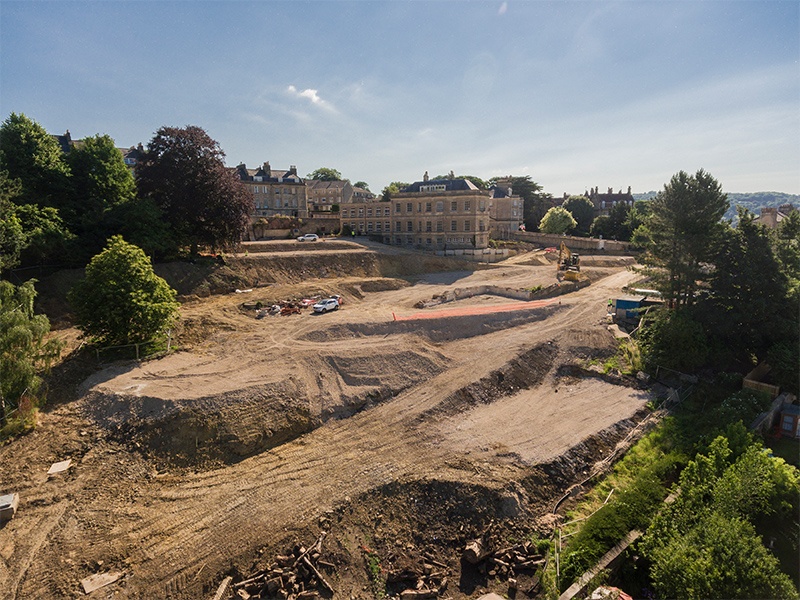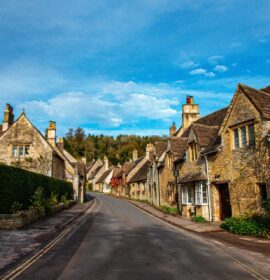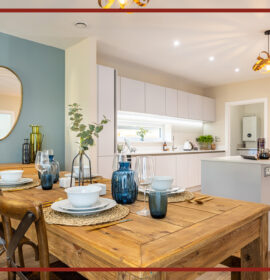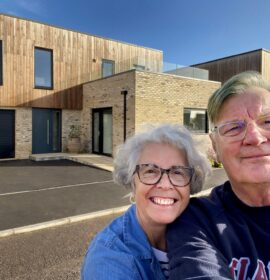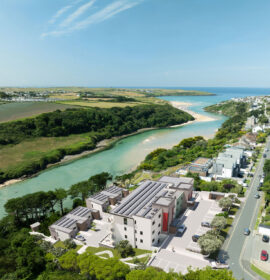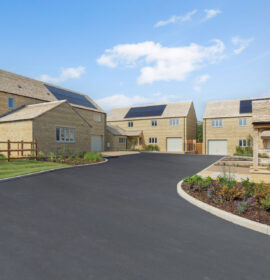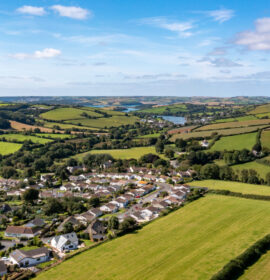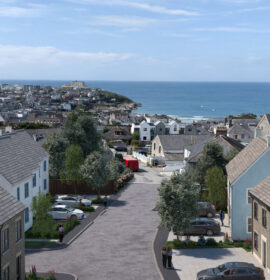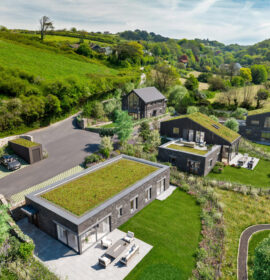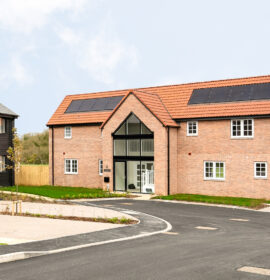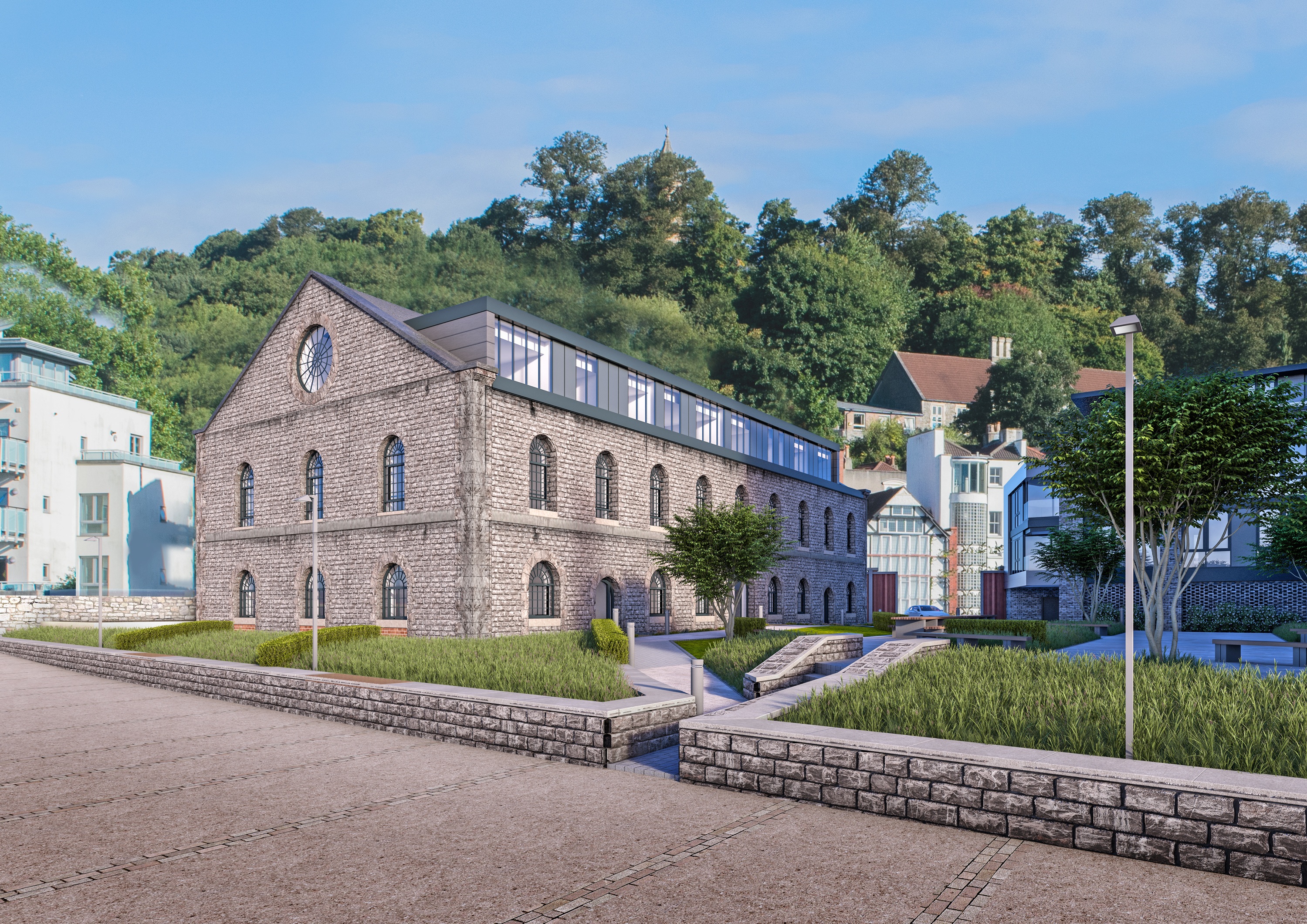
The Canon’s Marsh gasworks site has been derelict for more than 40 years but Acorn Property Group in partnership with Galliard Homes is bringing this important slice of Bristol Harbourside back into use and helping preserve 250 years of history.
Now renamed Brandon Yard, the former gasworks’ Grade II listed buildings played an important role in helping to light the city’s streets and buildings. However, long before that, it was part of a water meadow belonging to St Augustine Abbey (now Bristol Cathedral).
Its industrial roots were set down in the 17th century when a limekiln glassworks was built on the site with a large circular, chimney-shaped building. This was eventually demolished in 1838. By this time the floating harbour had been built, and the Harbourside was bustling with industrial and commercial buildings. At first, the site was used as a timber yard before buildings for gas production were built as part of an expansion by the Bristol and Clifton Gas Light Co. Gas street lighting was already common in British cities but by the mid 19th century it was becoming popular in homes too adding to the demand.
The buildings at Brandon Yard date from this period. Purifier House was, as the name suggests, where impurities were removed from the gas. Engine House was for the boilers, a steam engine and exhauster pumps to pump the gas into the pipe network. Both were built from square-coursed Pennant stone with a detached brick chimney which will be a central feature of the Brandon Yard development. The Boundary Wall, which is also listed, was built for security, in order to prevent the theft of coal from the site.
From 1906, coal was delivered to the site by the Bristol Harbour Railway, which was extended to run along Lime Kiln Road and coal gas was produced until 1956, when the facility was converted to water gas production. By the 1970s the site was no longer in use and has remained derelict ever since.
Work is now well underway to restore and breathe new life into these important historic buildings, creating new homes while preserving Bristol’s industrial heritage.
For more information on the remaining homes available at Brandon Yard click here

